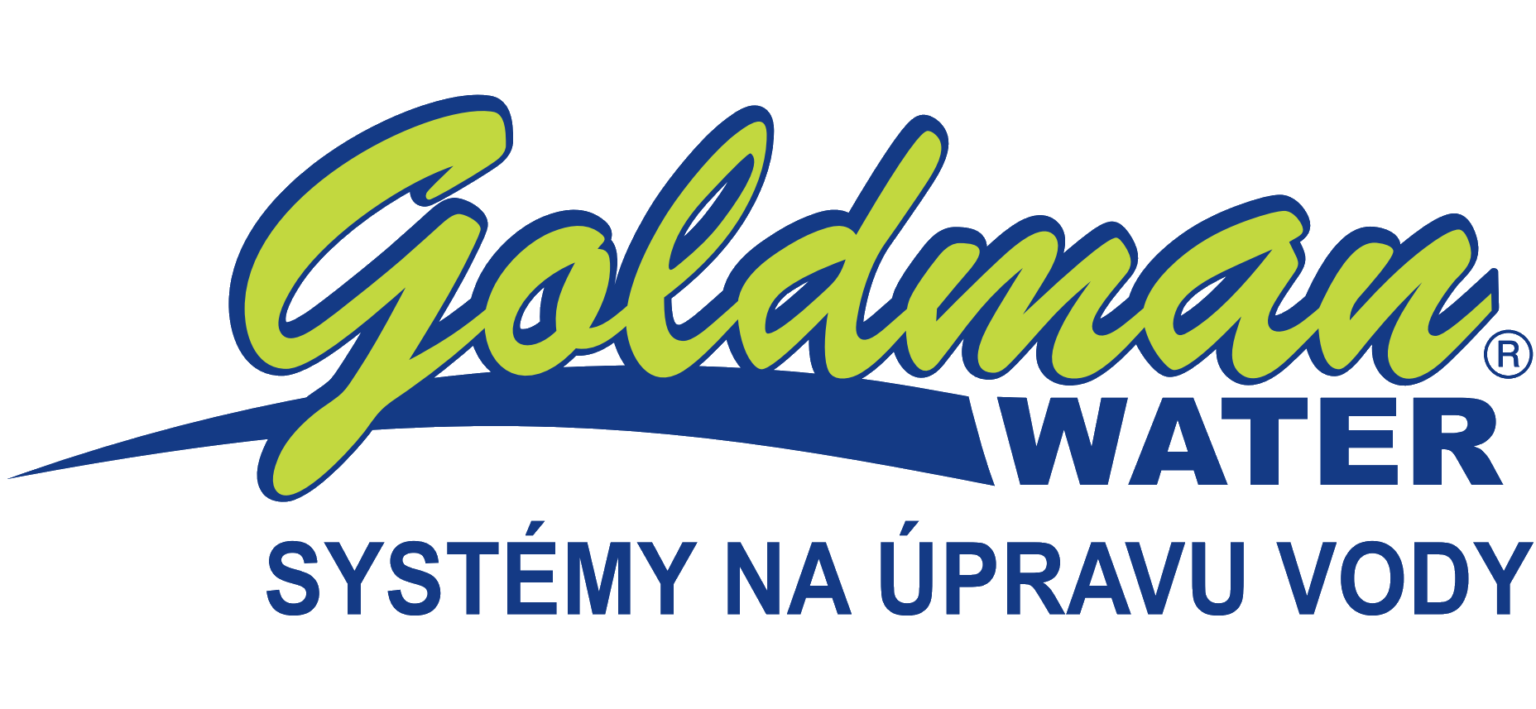We have just completed our second season of marine mammal monitoring, focusing on humpback whales (Megaptera novaeangliae), which migrate annually from Antarctica to the warm waters of Costa Rica to breed.

During the summer season (winter in Costa Rica), we successfully documented 20 unique tail flukes and 25 distinct dorsal fins. These images provide invaluable data, allowing us to track individual whales across years and continents.
The crew of The Spartan covered 768 nautical miles (1,422 km) over 25 days at sea, observing:
✦ 22 mothers with calves (some stayed in the bay for several weeks),
✦ 32 individual humpbacks,
✦ 8 pairs,
✦ 3 mothers with calves and escorts,
✦ and 3 groups of competitive whales – always an incredibly powerful and energetic sight.
Humpbacks arrive in Santa Elena Bay and surrounding waters from June to September (October) to give birth and mate. Initially, mostly mothers with calves appear, seeking the warm and calm waters to deliver their young.
A few weeks later, the bay fills with males and females – suitors displaying strength and song to attract mates.
Females that become pregnant here return to Antarctic waters and, after an eleven-month gestation, come back to these waters to give birth again.
Identification through tail and dorsal fins allows us to track their life journeys and returns over the years, and occasionally, we even capture a newborn calf’s fluke to follow its path.
The monitoring covered the area from Santa Elena Bay to the Murciélago Islands, conducted by the Justice for Nature team together with the crew of The Spartan.
Our work would not be possible without the support of 44 Whale Ambassadors, who contributed 5,000 CZK per year in 2025, and without the help of volunteers, to whom we extend our heartfelt thanks! 💙
If you would like to join us as a Whale Ambassador in 2026 and support our monitoring, you can do so with an annual contribution of 5,000 CZK, or participate as a volunteer.
Ambassadors receive a certificate, access to 50 photos from the “Eye of the Ocean” project, and a newsletter three times a year with updates directly from the field.